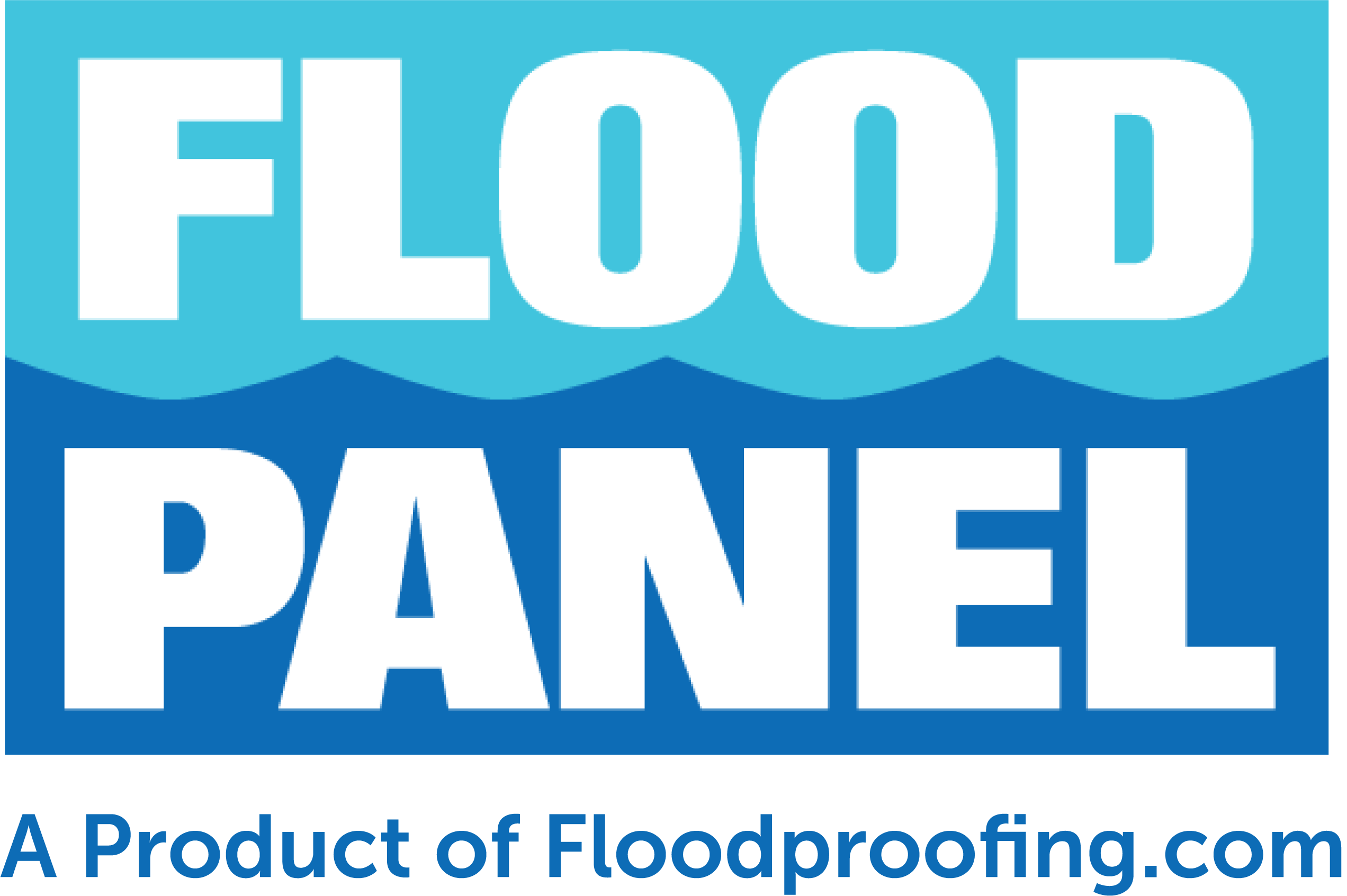Blog
Media Contact
Email: media@floodpanel.com
Heavy Rains Cause Flooding in New York Area
Heavy rains in the New York area last month resulted in flash flooding across the region and brought back traumatic memories of Hurricane Sandy for some residents. The boroughs of Staten Island, Queens, and Brooklyn were the most impacted parts of the city, with Newark and Hoboken in neighboring New Jersey also flooded.
Luckily, the storm began on a Sunday evening, lessening the impact to commuters and business. The rate of precipitation was extremely high, with 2 to 3 inches of rain falling every hour while the worst of the tempest passed through the region. Low-lying areas were flooded almost immediately, unable to channel off the water quickly enough. The Daily News reported that one unfortunate man lost his car almost immediately during a flash flood on the Long Island Expressway:
“The car in front of me stopped, so I stopped, and all of a sudden my car filled with water. It rose so quick it was up to my waist in minutes,” said Stephen Mitchell, 67, of Pennsylvania. He said his $135,000 2014 BMW M6 was totaled in floodwaters on the Long Island Expressway near Utopia Parkway late Sunday.
Flash flooding caused closure of major expressways and railroad lines, downed power lines, and caused flight delays at local airports. The rains lessened as Monday dawned on the region, but unfortunately it began to rain again later in the day, and commuters faced the threat of flash floods during the evening hours. By Monday afternoon, the whole city was under a flash flood warning issued by the National Weather Service (NWS).
Later in the day, as rains refused to let up, the NWS extended the flood warnings to the entire tri-state area. Land that had already been saturated over the weekend simply ran off the water into choked canals, storm drains, and inundated any low-lying areas. Thousands of homes and businesses were left without power as power lines and trees were downed, and maintenance crews struggled to repair them under dangerous conditions.
One bizarre result of the flooding was the appearance of very large fish swimming through city streets in Newark and Hoboken, as natural rivers and waterways merged with roadways. There were so many fish that officials felt it necessary to release public health warnings to residents to avoid catching or eating the fish, as they may have been exposed to toxic substances during the flooding.
In addition to stranded fish, there were many motorists left surrounded by water on roadways in New Jersey and New York. These roads were dry one minute and flooded the next, taking many drivers by surprise. New York City is a very low-lying metropolis, having been built atop reclaimed swampland, and it is very vulnerable and prone to flooding. This threat will only continue to get worse in the coming decades, as climate change, storm surges, sea level rise, and erosion all collaborate to flood this heavily populated zone time and time again.
Source:: FloodBarrierUSA

